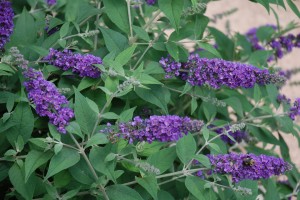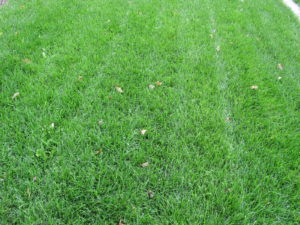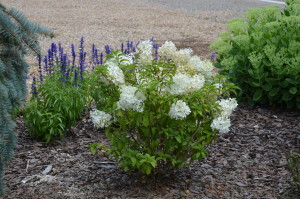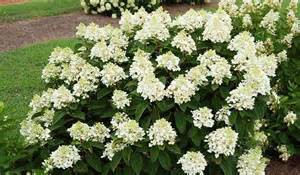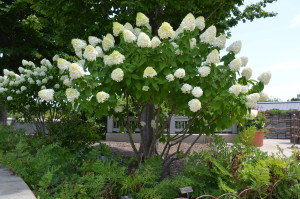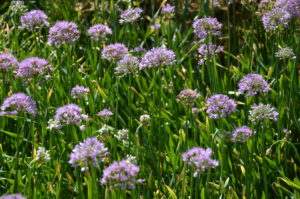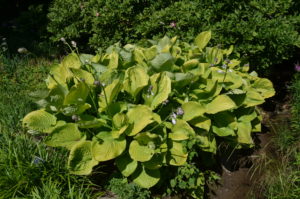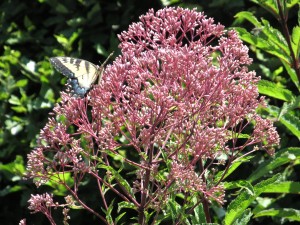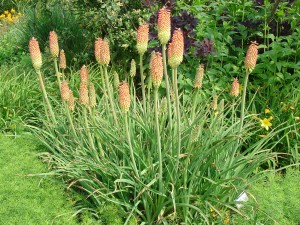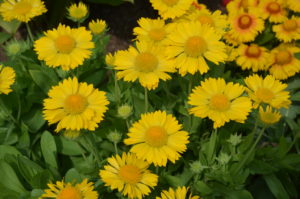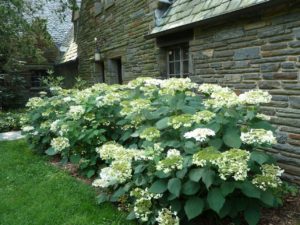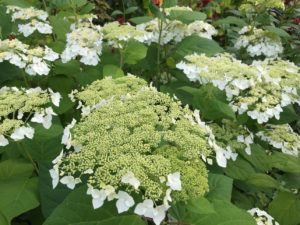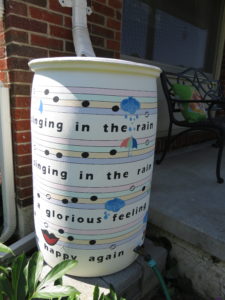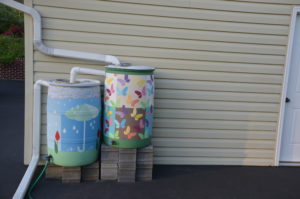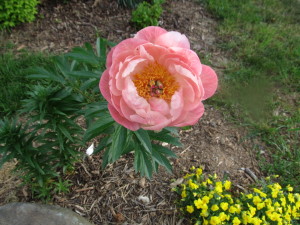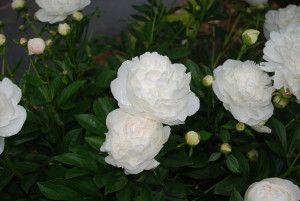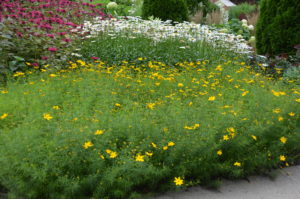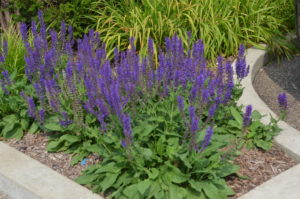Butterfly bush (Buddleia) is a popular garden shrub in many areas of the U.S. Buddleia invasiveness is a serious issue in the Pacific Northwest. The Oregon Dept of Agriculture, Plant Division, has approved for sale these buddleia cultivars in the state. The approved varieties produce 2% or less viable seed, meeting Oregon’s standards for sterility.
The approved list includes: ‘Blue Chip’, ‘Asian Moon’, ‘Purple Haze’, ‘Flutterby Grande Blueberry Cobbler’, ‘Flutterby Grande Peach Cobbler’, ‘Flutterby Pink’, ‘Flutterby Petite Snow White’, ”Flutterby Grande Sweet Marmalade’, ‘Flutterby Grande Tangerine Dream’, and ‘Flutterby Grande Vanilla’. Add to the list the cultivars ‘Miss Molly’ and ‘Miss Ruby’ as personal non-invasive favorites.
Butterfly bush should be planted in full sun for sturdy stems and high floral count. Cultivars vary in size, some tall ones are placed in the rear bed, and dwarf cultivars in the front of the planting border. Flowers are sweetly fragrant upclose. Shrubs are drought tolerant once established and are tolerant of urban pollution.
New sterile hybrids are hardy to zone 5-9. They grow in average well-drained garden soil with pH range between 5.5 to 7.5. Keep plants well mulched in summer and add additional amounts in late fall for winter protection in northern areas. Shrubs are light constant feeders; choices include slow release fertilizers like Osmocote® and Nutrikote®, or monthly liquid feeding of Miracle-Gro™, Daniels™ or Espoma®.
Butterfly bushs require little pruning, but large flowering types weigh down the branches. Cut back plants to the ground in early spring as flowers are borne on new growth (wood). Pests seem to be problematic when shrub(s) are stressed out because of a poor garden site. Spider mite feedings appear to be most severe during extremely hot dry summers.

